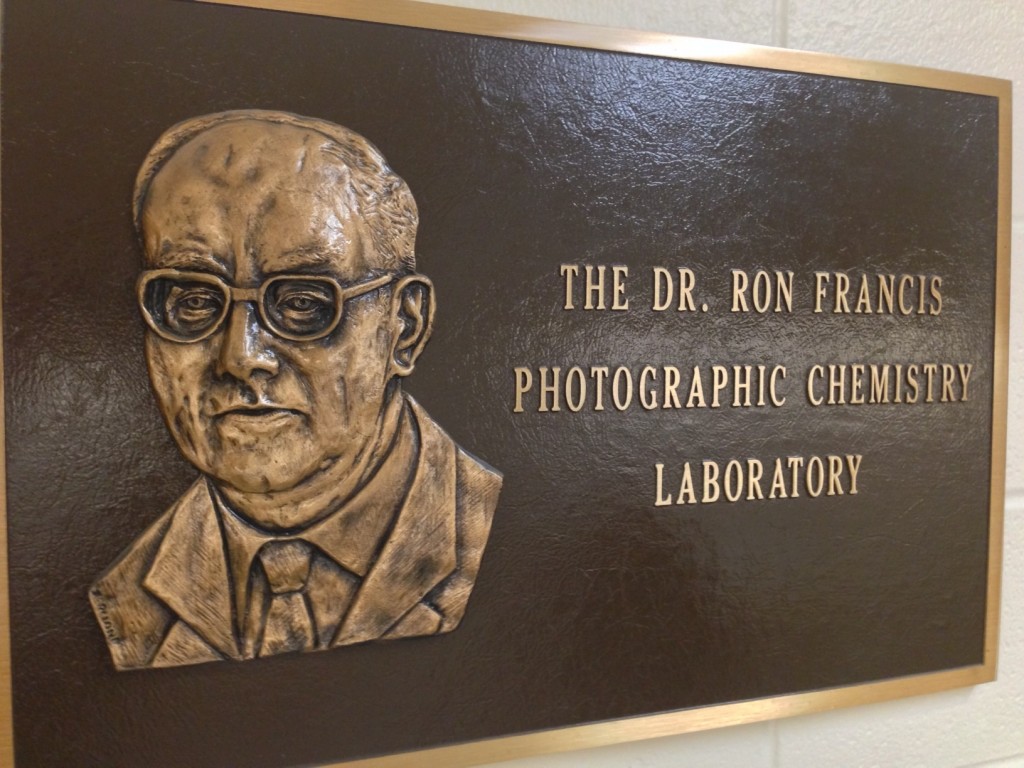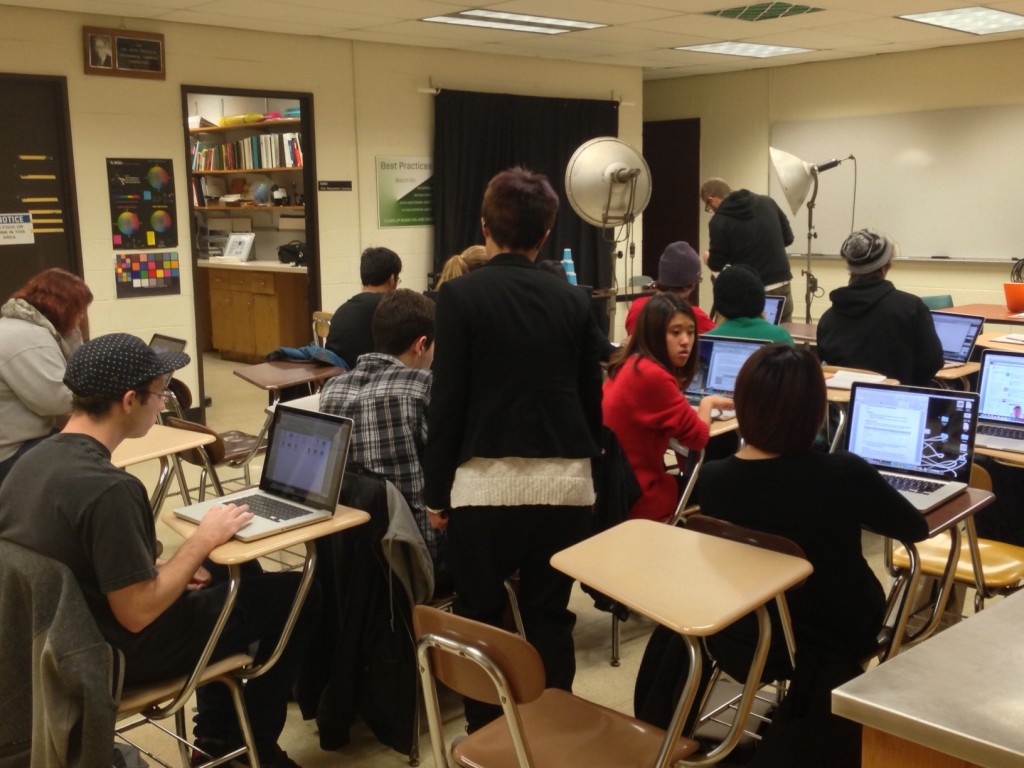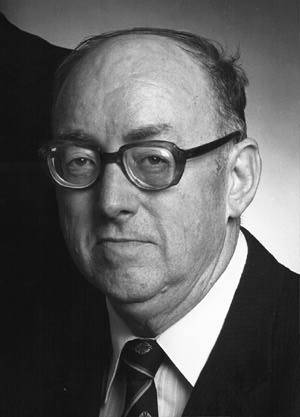Analyzing JFK's Assassination
School of Photographic Arts and Sciences (SPAS) faculty members were involved with image analysis of the Kennedy shooting.
November 22, 1963, President John F. Kennedy was assassinated. Several SPAS faculty members assisted the U.S. Government and the Warren commission evaluating some of the films and stills that were produced during the shooting. Dr. Robert Loce (low-SAY) ’85, ’93, a Research Fellow and Technical Manager for Xerox Corporation and student of Dr. Ron Francis in 1984-85 shares some “Doc” Francis stories who, along with Dr. Leslie Stroebel and Andrew Davidhazy, did the work.
According to Dr. Loce, Dr. Francis would introduce a lecture with a story similar to this:
The class lectures focused on radiation-based amplification of silver halide images. Dr. Francis would start with the intrigue of the Kennedy assassination. He described the photo showing the window of the Texas School Book Repository and how it could definitively prove that Oswald was in the window, but the marks in the window were too faint to recognize. Dr. Francis would share was going to solve the mystery using radiation-based amplification. He had a student working near Washington D.C. that could get him access to a linear accelerometer that he could use to irradiate the photo. He flew to D.C. with an government agent. Dr. Francis irradiated the photo, exposed a new piece of film, developed it, and expected to see Oswald’s face enhanced from the marks in the original. There was nothing in the window. The look the agent gave to Dr. Francis said “this crackpot is wasting my time”. Dr. Francis repeated the experiment assuming he did something wrong the first time. Nothing in the window again. Dr. Francis then rubbed the photo and the marks in the window cleared up a little. It turned out to be a thumb print. Dr.Francis then proceeded with the lecture on how silver halide could absorb radiation of a certain energy and other materials, such as skin oil, could not. Hence, the results of his attempt to amplify the marks in the window failed.
The class also discussed:
– Photos of the umbrella man were extracted and published in newspapers around the world in an attempt to identify him
– Imaging the screws on Oswald’s rifle to see if the slots were in the same orientation and captured rifle
– Secret Service agents watched every move in the dark room with night vision goggles
– How irradiating photos in an accelerometer to make the silver radioactive so it could be re-imaged with amplification (faint marks in Oswald’s window were thought to possibly be him). The irradiation technique didn’t work because it turned out to be a thumb print.


